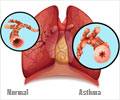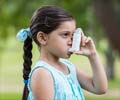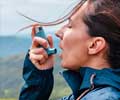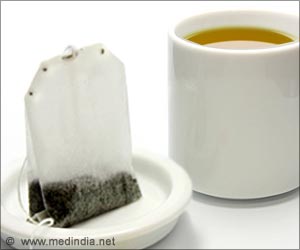When babies crawl, especially on carpeted surfaces, they kick up dirt, bacteria, fungal spores and inhale the same.
Highlights
- Babies who begin to crawl kick up dust, dirt, skin cells trapped in carpeted surfaces.
- Infants, compared to adults inhale four times of these bio-bits.
- As babies roll, slide and crawl on the floor, their movements stir up more particulates into the air, and their mouths and nostrils are much closer to the floor where the concentrations are greater.
Scientists have previously done studies to determine how much dirt and biological material is kicked up and resuspended into the air when an adult walks indoors, but this is the first study to look at what happens with infants and their unique forms of locomotion.
Robotic Babies to Analyze Breathing Air Quality
To study just how much of the floor debris babies breath, the research team built a robotic crawling baby and tested it crawling on actual carpet samples they had removed from homes. Then the researchers measured and analyzed the particulates in the breathing zone.
As babies roll, slide and crawl on the floor, their movements stir up more particulates into the air, and their mouths and nostrils are much closer to the floor where the concentrations are greater. This is countered somewhat by the fact that babies tend to move in much shorter bursts of activity than do older children or adults.
"We also worked with a microbiology group at Finland's National Institute for Health and Welfare, which conducted a DNA-based analysis of the microbes we collected onto filters."
"For an adult, a significant portion of the biological particles are removed in the upper respiratory system, in the nostrils and throat. But for very young children, they more often breathe through their mouths, and a significant fraction is deposited in the lower airways--the tracheobronchial and pulmonary regions. The particles make it to the deepest regions of their lungs."
Exposure to Dust, is it good or bad?
In the late 1980s, British epidemiologist David Strachan was the first to propose the "hygiene hypothesis," which says that too clean of an environment may suppress the development of the immune system. Allergists also sometimes refer to this as "the farming effect."
"Exposure to certain bacterial and fungal species can result in the development of asthma, but numerous studies have shown that when an infant is exposed to a very high diversity of microbes, at a high concentration, they can have a lower rate of asthma later in life. Such exposures act to stimulate and challenge your immune system," Boor says.
In Western societies, infants spend nearly all of their time indoors, where indoor dust resuspension may contribute significantly to their respiratory encounters with biological material.
"While our research established new methods for infant microbial exposure assessment, much remains to be discovered," Boor says. "I hope to continue to work with microbiologists and immunologists to better understand the role of indoor air microbes and allergens on early-childhood health."
Reference
- Brandon Boor et al., 'Infant and Adult Inhalation Exposure to Resuspended Biological Particulate Matter.' Environmental Science (2018). DOI: 10.1021/acs.est.7b04183.
Source-Medindia










